Boost biodiversity: why your garden counts
We are one of the most nature-depleted nations in the world, but with 30 million gardens in the UK, every small step we take to boost biodiversity can bring big changes.
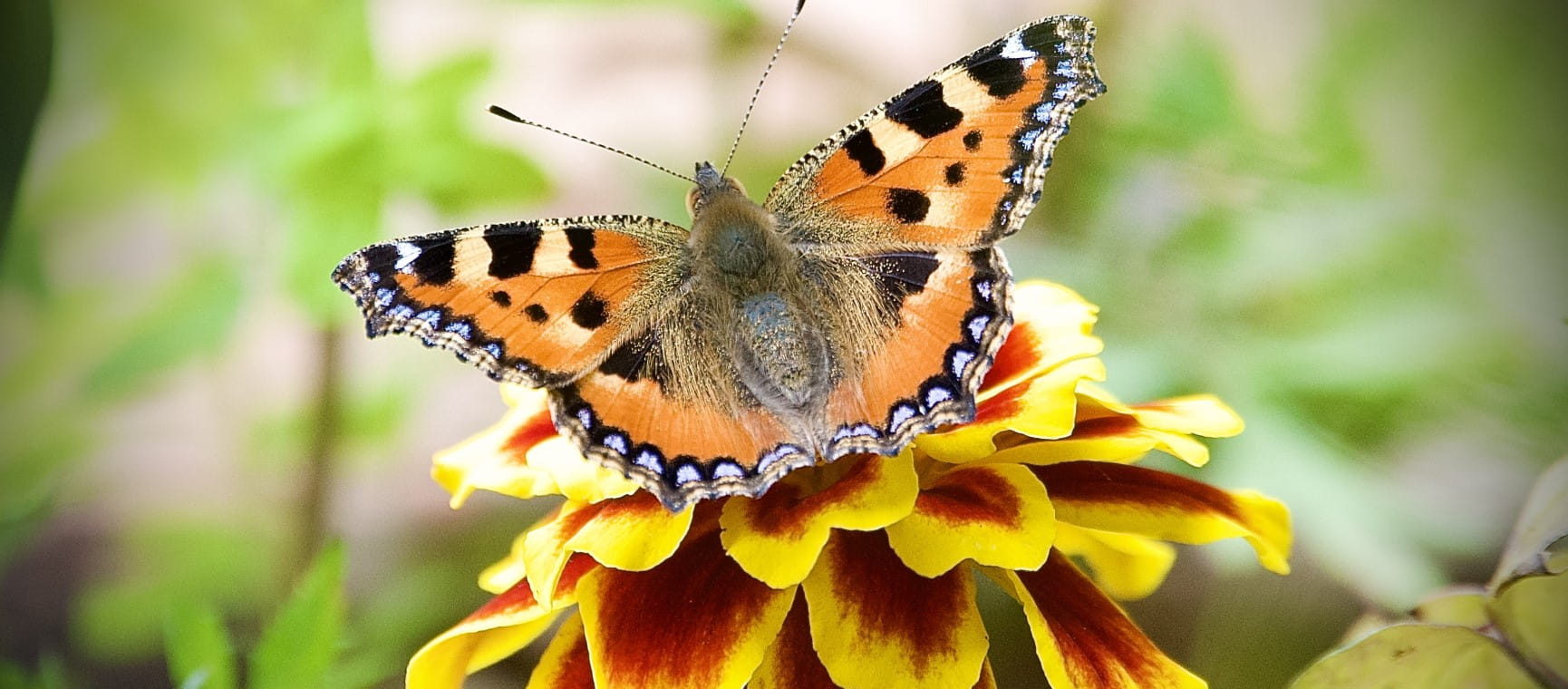
We are one of the most nature-depleted nations in the world, but with 30 million gardens in the UK, every small step we take to boost biodiversity can bring big changes.

Picture a butterfly and, if you’re over 50, you’re likely to conjure up what was once one of our most common garden visitors, the small tortoiseshell: a flutter of rich orange wings, tipped in blue and striped yellow and brown.
On nettle patches, buddleia and scabious, this distinctive butterfly is on the wing most of the year, from Cornwall to the Shetlands, yet it has suffered rapid decline since 1976, its numbers down by 82%. Experts fear those born in the 70s could be the last generation to enjoy the familiar sight of its mercurial flit through our gardens.
Butterflies are a key indicator species of the health of our environment. If they are struggling, then many other species are struggling also
As a species, the small tortoiseshell is not alone in suffering a seismic drop in population, with half of all our butterflies at risk. Devastating habitat losses from intensive farming and development, along with pollution and climate change, could drive it – and over 20 other species, such as the Wood White and Large Heath – to extinction in the UK.
"Butterflies are a key indicator species of the health of our environment," says broadcaster Sir David Attenborough, president of Butterfly Conservation since 1998. "If they are struggling, then many other species are struggling also."
New research by environmental charity Garden Organic reveals that gardens are on the frontline in the battle for survival among much of the UK’s insect wildlife, from butterflies and moths to bees, beetles and other pollinators.
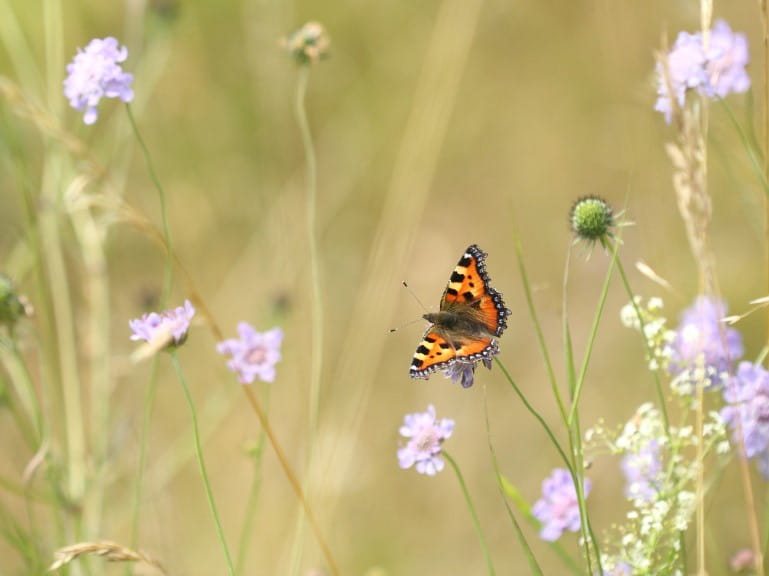
The UK has the unenviable position of being one of the most nature-depleted countries in the world – behind even the polluting, industrial powerhouse of China and every other G7 nation.
Since the 1970s, around 40% of our wildlife has disappeared, 16% of species are at risk and over 150 species are now extinct. As wildlife-supporting habitats from meadows and hedgerows to urban roadside planting and brownfield sites have been swept away, so our domestic green spaces have been identified by ecologists as wildlife oases.
With up to 30 million gardens across the country, covering an area roughly half the size of Wales, there’s huge potential for gardeners to help slow the decline by accommodating the needs of wildlife, says Dr Bruce Pearce, head of horticultural science at Garden Organic.
"Gardens are incredibly important for biodiversity, because of the density of plants and habitats that can be packed into really small areas. In our cities, they also act as vital green corridors for wildlife, linking up with other gardens and parks.
"And so when everyone is doing something, our gardens start to make a real difference."
The key word for gardeners is variety: providing a range of plants with different shapes, types and colours, and a host of spaces or habitats, for creatures to shelter and feed.
"There's no hierarchy of habitats – it's what works in your garden that matters," explains Dr Pearce. "If you’re looking for butterflies you want a sunny area, but if all you have is shade, that’s still great for many bugs and birds. Water brings creatures in, but if that doesn’t suit, create a boggy area, or build a bug hotel – even a pile of rotting wood – to encourage biodiversity.
"Lawns have a bad reputation but they’re not only good for sequestering carbon, if managed in the right way, they’re places for daisies and dandelions to grow. The key is to ditch the chemicals, to encourage diversity."
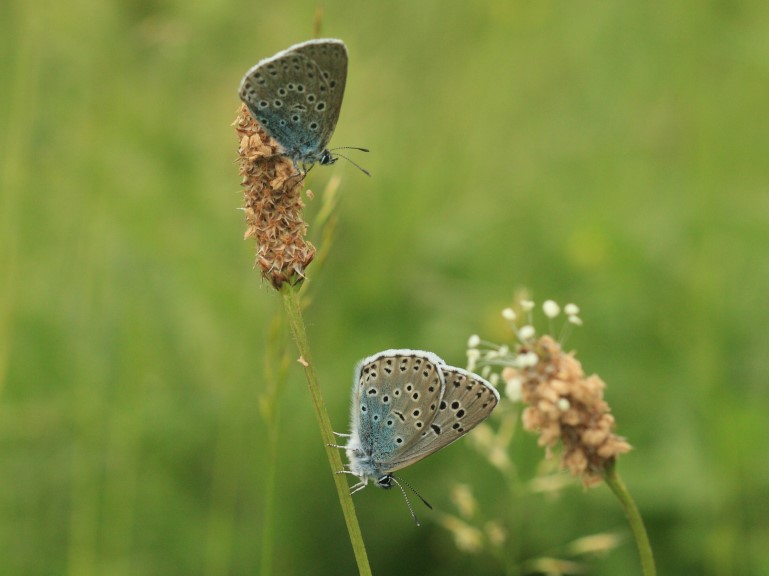
The recent noise around rewilding has distracted from the fact that more managed spaces, as gardens are, can support a wide range of creatures, including the smallest and even rarest ones – which has been proven at Great Dixter in Sussex, a garden world-renowned for its creativity and beauty.
Detailed studies examining all life in the garden have uncovered such diversity that once-sceptical ecologists have been won over. Among the findings was the discovery of rare purple emperor butterflies, nationally scarce moths and long-horned bees.
When everyone is doing something, our gardens start to make a real difference
As head gardener Fergus Garrett explains, "The audit proved astonishing, showing how an intensive flower garden can support a rich abundance of life, as long as care is taken in its management."
Under his guidance, for well over a decade, the gardeners at Great Dixter have stopped all use of chemicals and encourage the self-sown arrivals and plants once treated as weeds.
More than that, the audit results drove a revolution in thinking by Fergus and his team about what the garden should become. "It used to be all about plants and combinations, the look of the place. We never bought a plant because it was good for pollinators but for what we considered beauty – its scent or long growing season.
"Now, it’s much more holistic, about the life that’s sharing this space with us and, as a result, the garden has become a richer place."
Fergus admits not everyone can garden in the Great Dixter way, with a team of horticulturists and volunteers, but their approach to gardening can be easily translated to smaller spaces.
"We garden with a light touch, though that doesn’t mean planting in a naturalistic way. Dixter is complex, with multi-layered borders. It means allowing things to seed, not controlling as much, having a more relaxed feel about the place and letting plants sweep into others. We don’t manicure it to within an inch of its life, and there’s hardly ever any bare soil.
"We can all do different things, whether that’s having short grass, a meadow, shrub border, annuals – it all adds up. Just don’t spray – that’s important."
Take part in this month’s Big Butterfly Count (12 July-4 August), run by Butterfly Conservation to track changes in population numbers. Record your sightings, from just 15 minutes in the garden, on the Big Butterfly Count website or app.
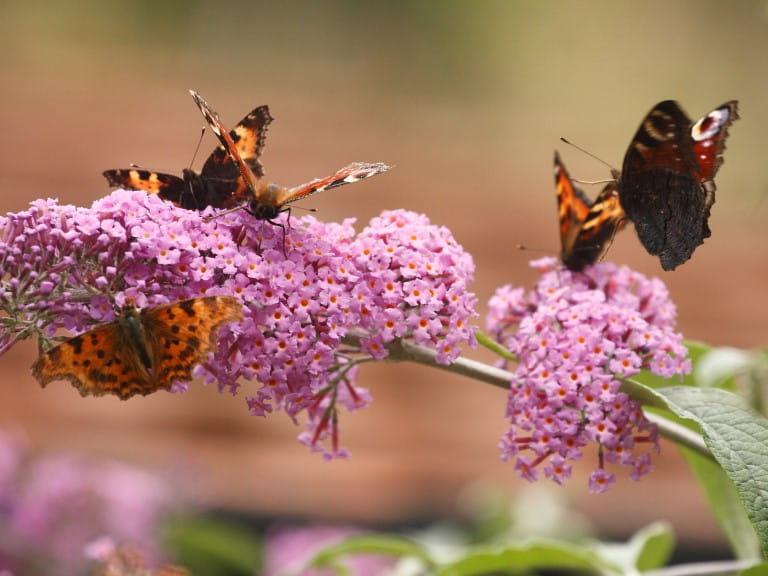
For presenter and author Rachel de Thame, planting for pollinators in her Oxfordshire patch has become a self-avowed obsession.
"After lockdown, I experimented with growing different cut flowers, and soon noticed that whole area was fizzing with wildlife," she recalls. "I was fascinated, and would watch for ages, to see what came and how they were behaving. It brought a complete shift for me in how I garden."
Rachel has extensively researched the plants and habitats that support pollinators for her new book A Flower Garden for Pollinators because, she says, "I hope that my generation and those coming after are going to put pollinators first."
She admits, though, it can be hard to step away from old habits. "Gardeners love to have a task, to tidy and change things. I’ve become better at just taking a step back and not interfering. It’s a rebalancing because, as I see it, we’re intruding on wildlife in their space – and when we reorganise or dig areas up, we make their lives much more difficult."
She advocates letting much of your lawn grow tall, but cutting a path through it, to make a feature of the space while creating a vital butterfly breeding habitat through the key spring and summer seasons.
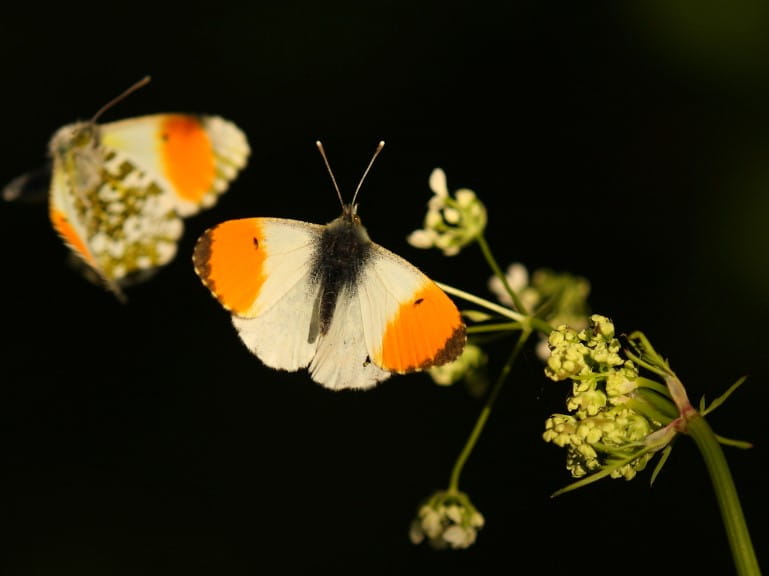
On the thorny issue of weeds and pests, Rachel believes it’s high time we challenge ourselves on how we define these – as most are valuable food sources. "You want to keep on top of bindweed and couch grass," she says, "but dandelions and nettles are useful and can be managed.
"To a large extent, I just live with things, and know it will find a balance. You have just got to think no nettles, no peacock butterflies – and remember how much feeds on aphids, from bluetits to ladybirds and beetles.
"I’ll pick off slugs and snails but, even there, I adopt a live-and-let-live approach and rarely feel the need to intervene. I grow sacrificial plants, so they’re decimated but I still have a crop."
Growing up in the 1960s and 1970s, she watched her father spraying everything to get the perfect bloom – as did most gardeners at the time – without any thought of the cost to beneficial insects.
Her focus is very different, and the message of her book is that yours should be, too. "We want our children to see that we’re doing this in our own gardens, as we have a responsibility to act for the benefit of future generations."
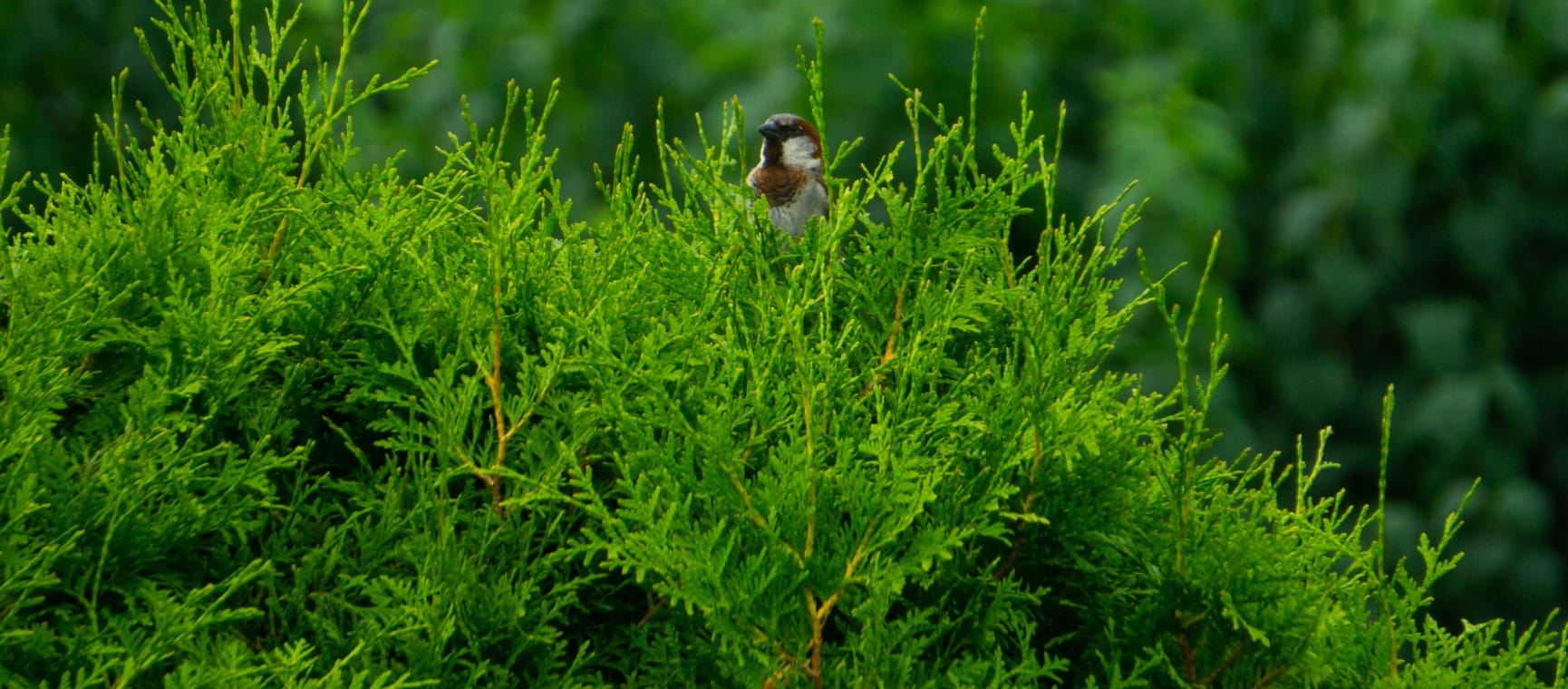
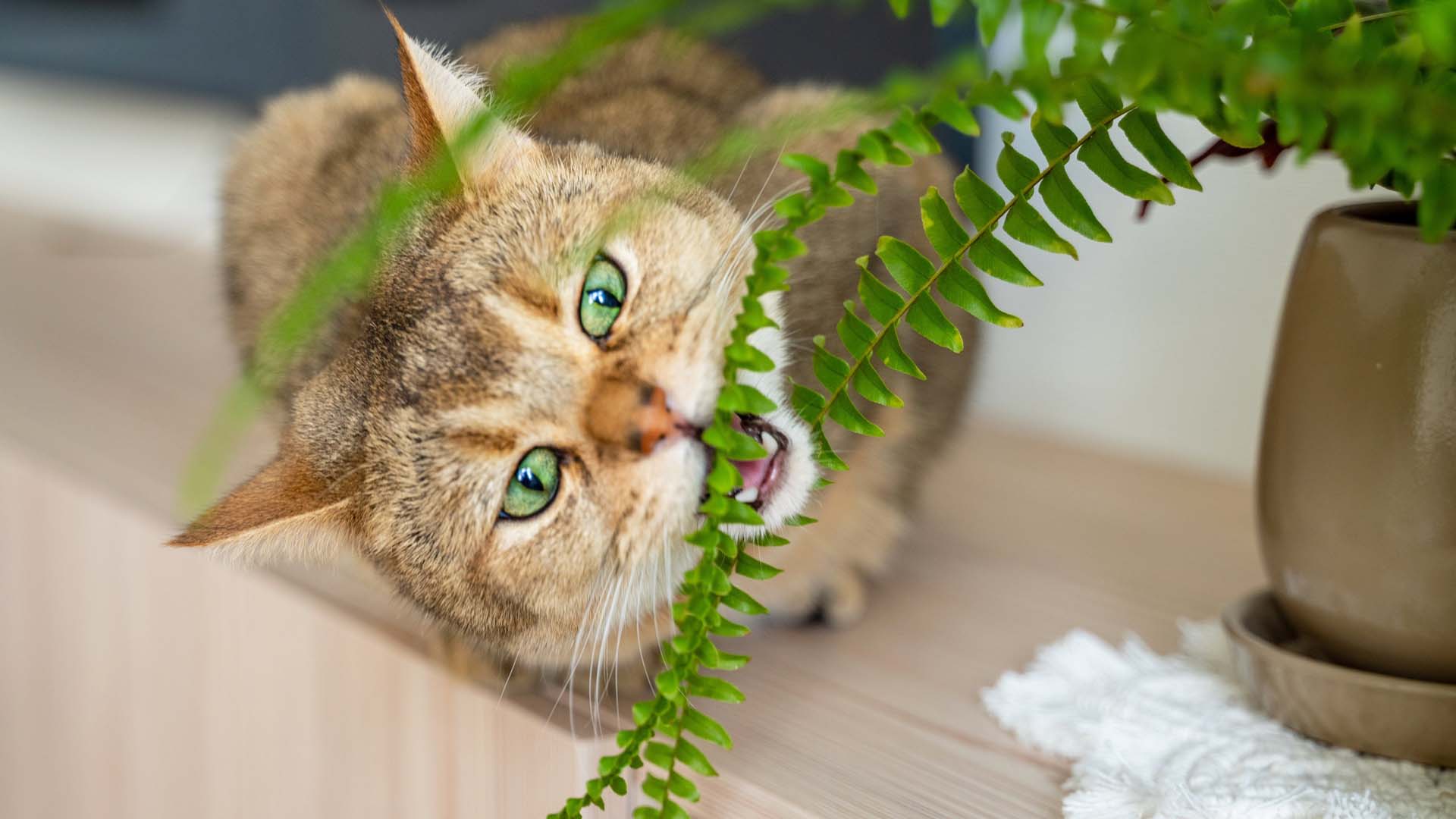
Pots at the ready – these safe houseplants for pets will help your house become tropical, not toxic.
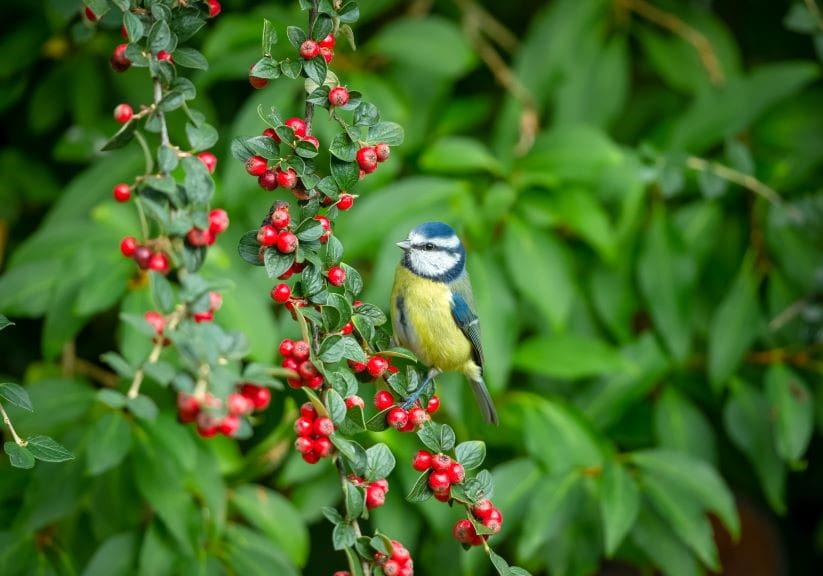
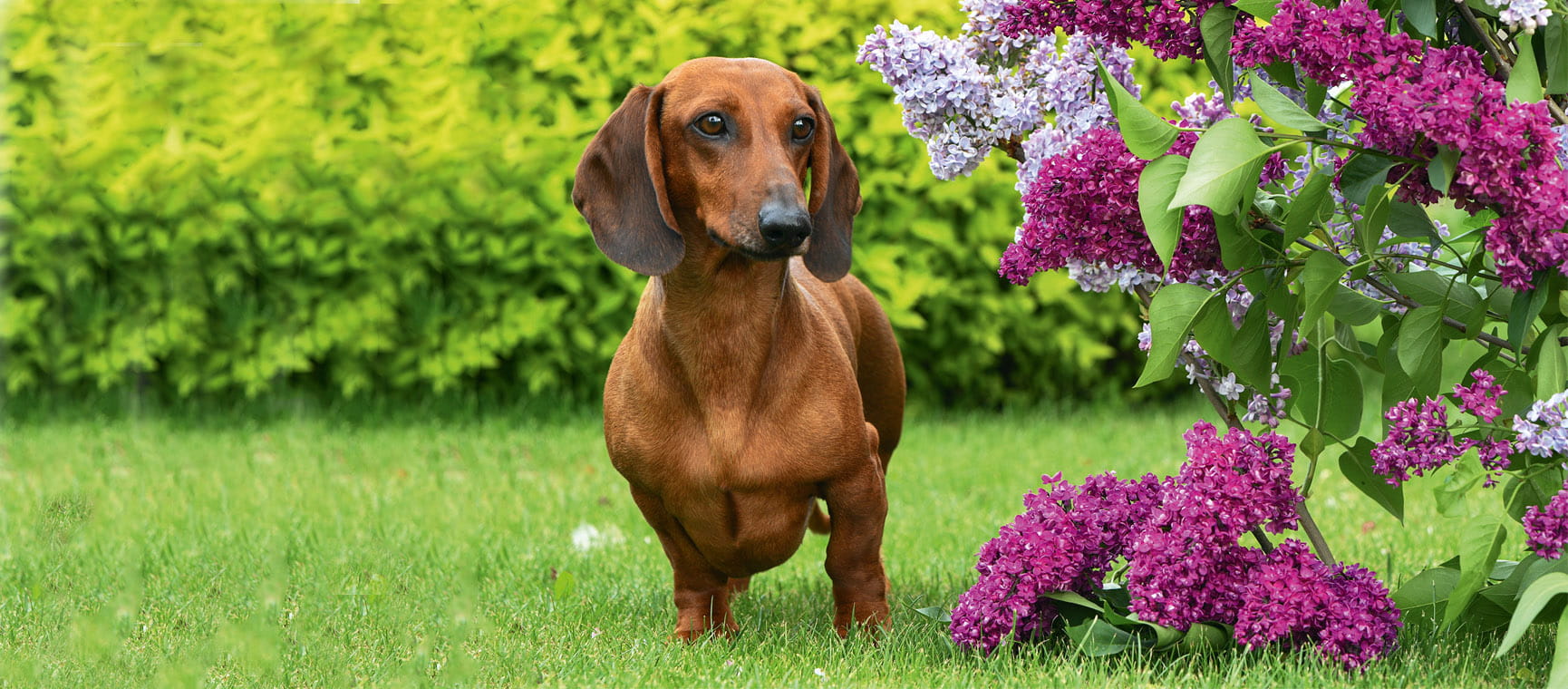
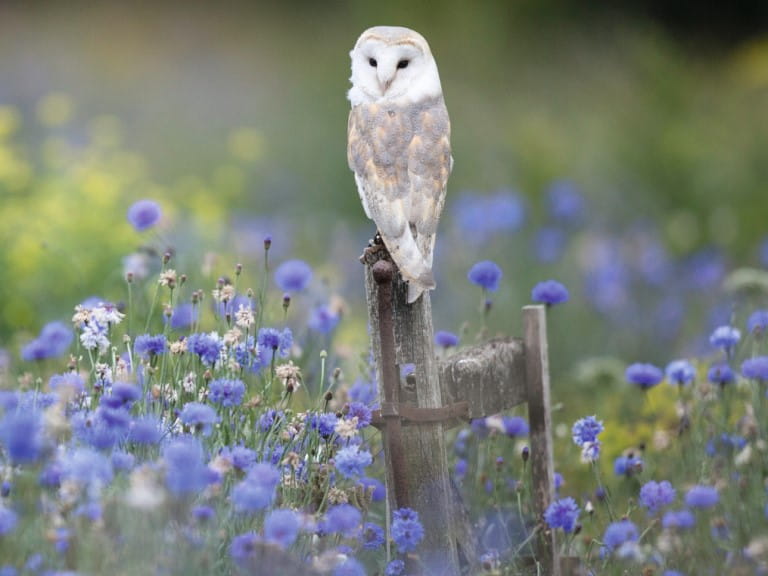
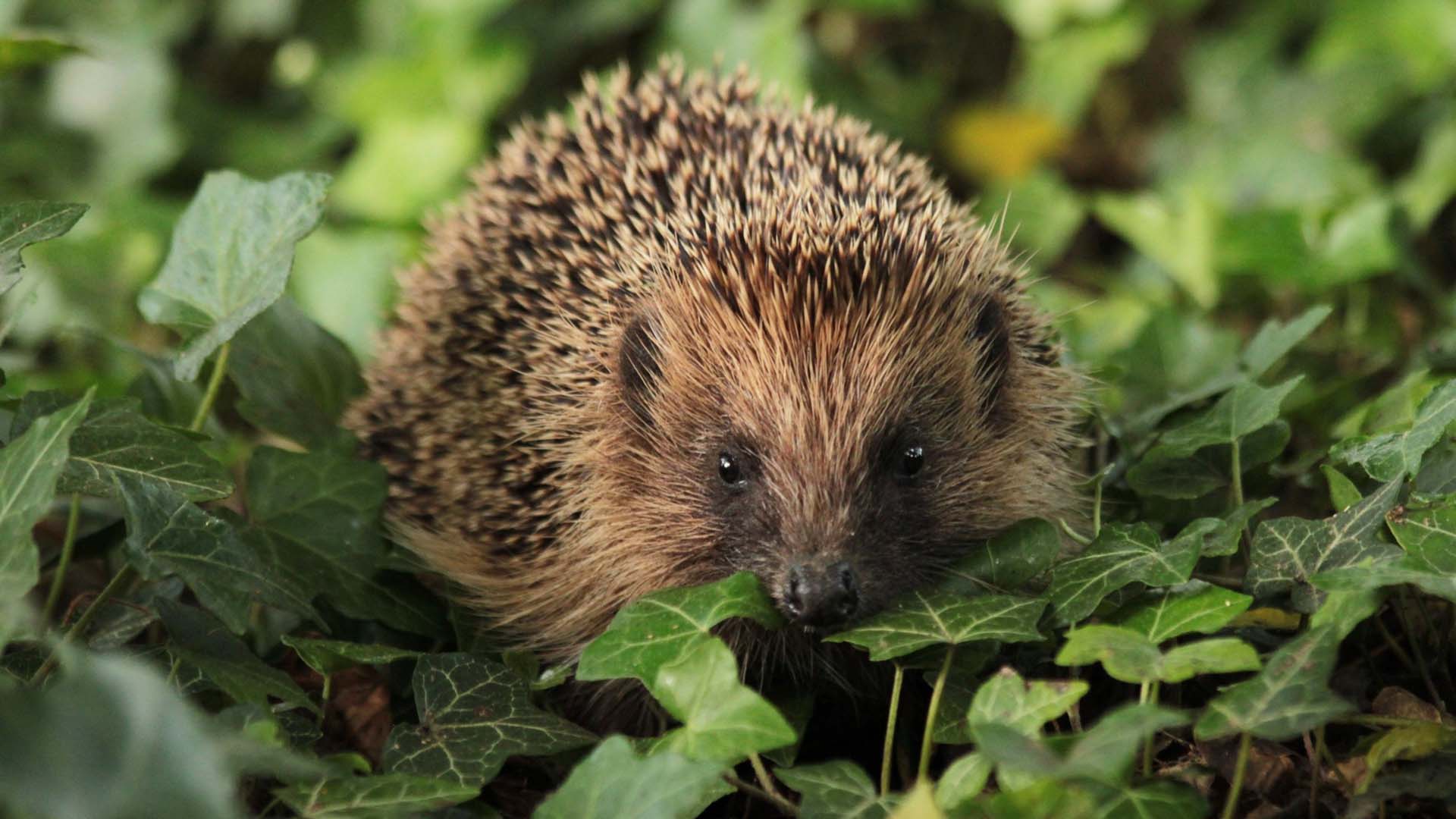
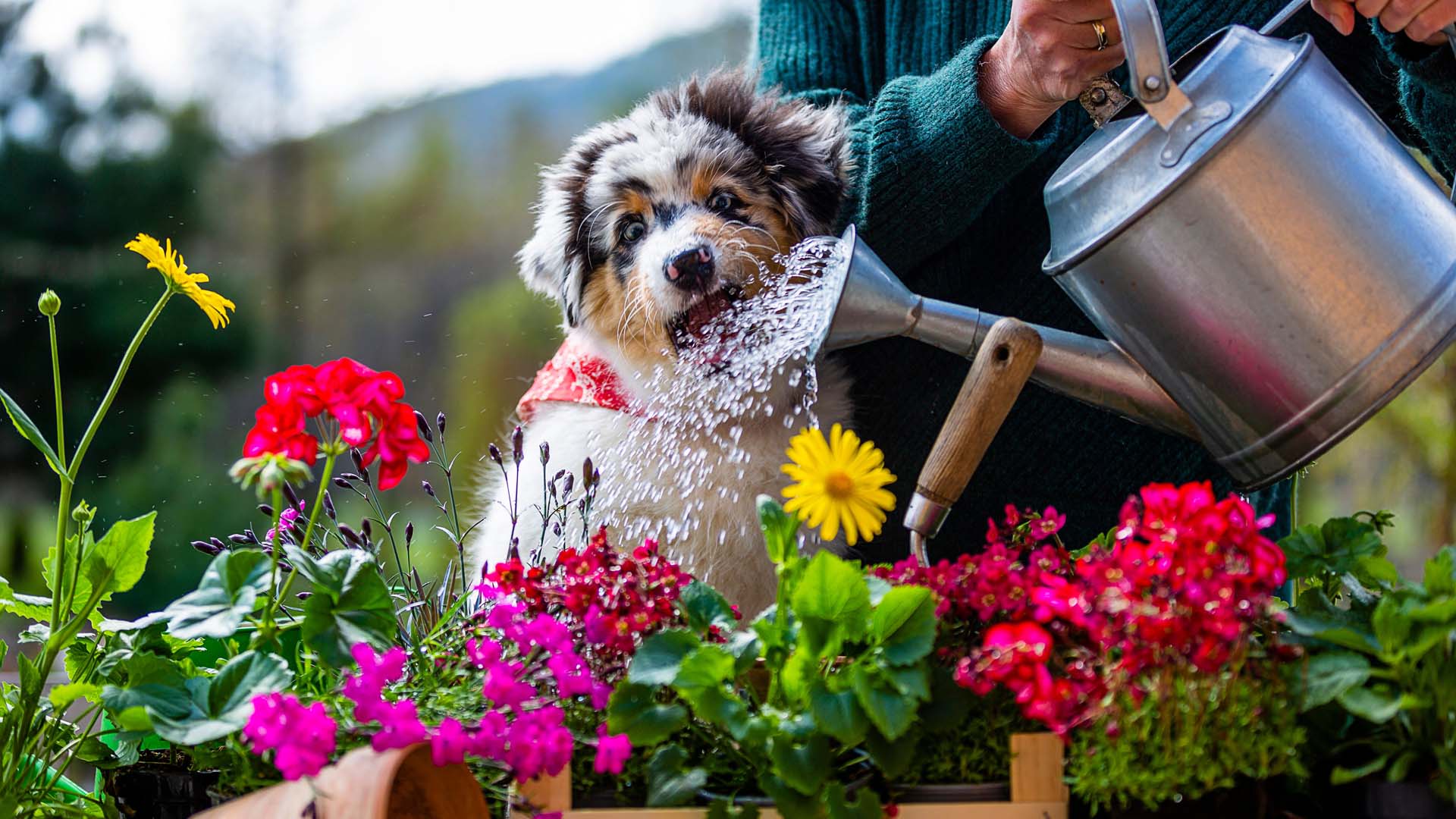
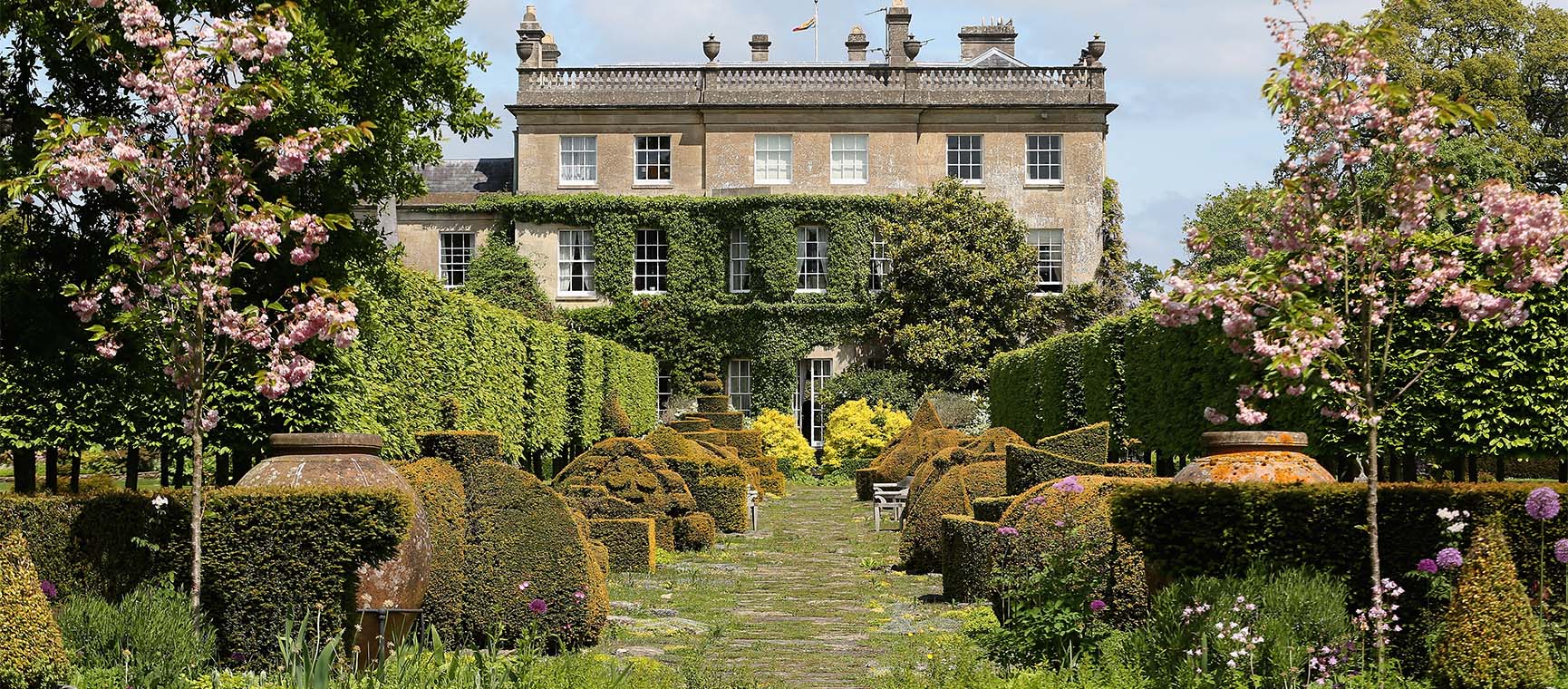
A former Highgrove gardener shares his advice. If they’re good enough for the royals, they’re good enough for us.
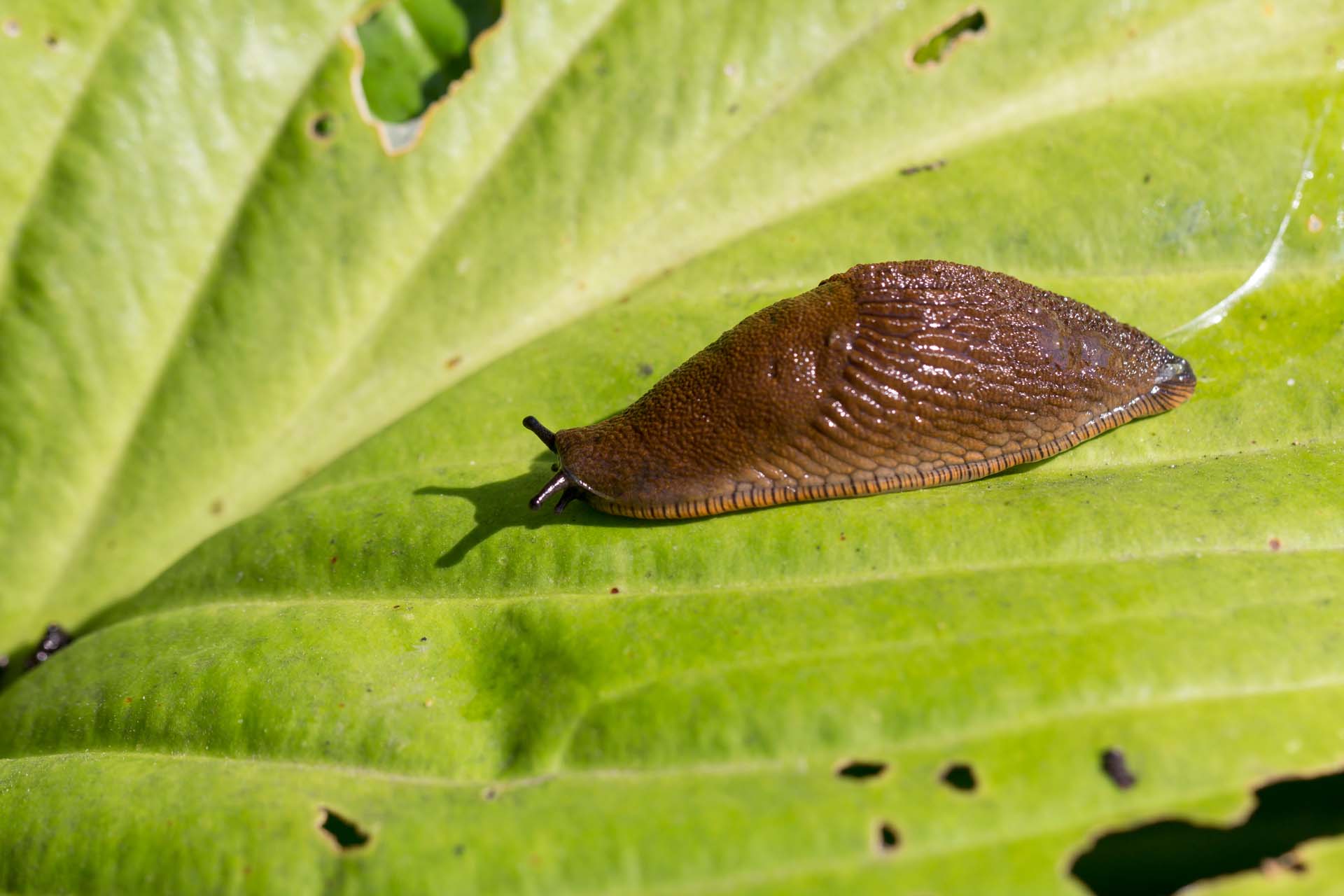

We aren’t the only ones to welcome warmer weather, wasps do too and they could be sharing your home. Find out how to identify a wasp nest and what to do about it
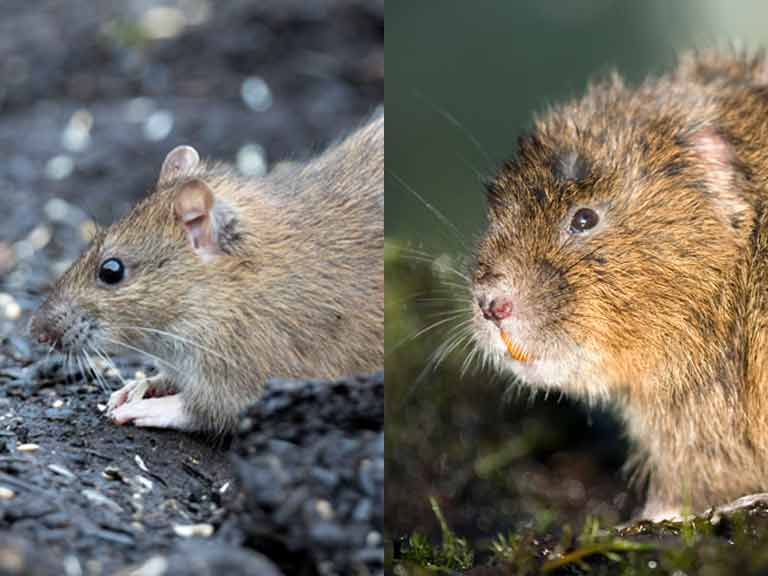
If you've seen a large brown rodent in your garden or swimming in your pond you might be wondering what it is. Wildlife expert David Chapman explains how to tell a water vole from a rat

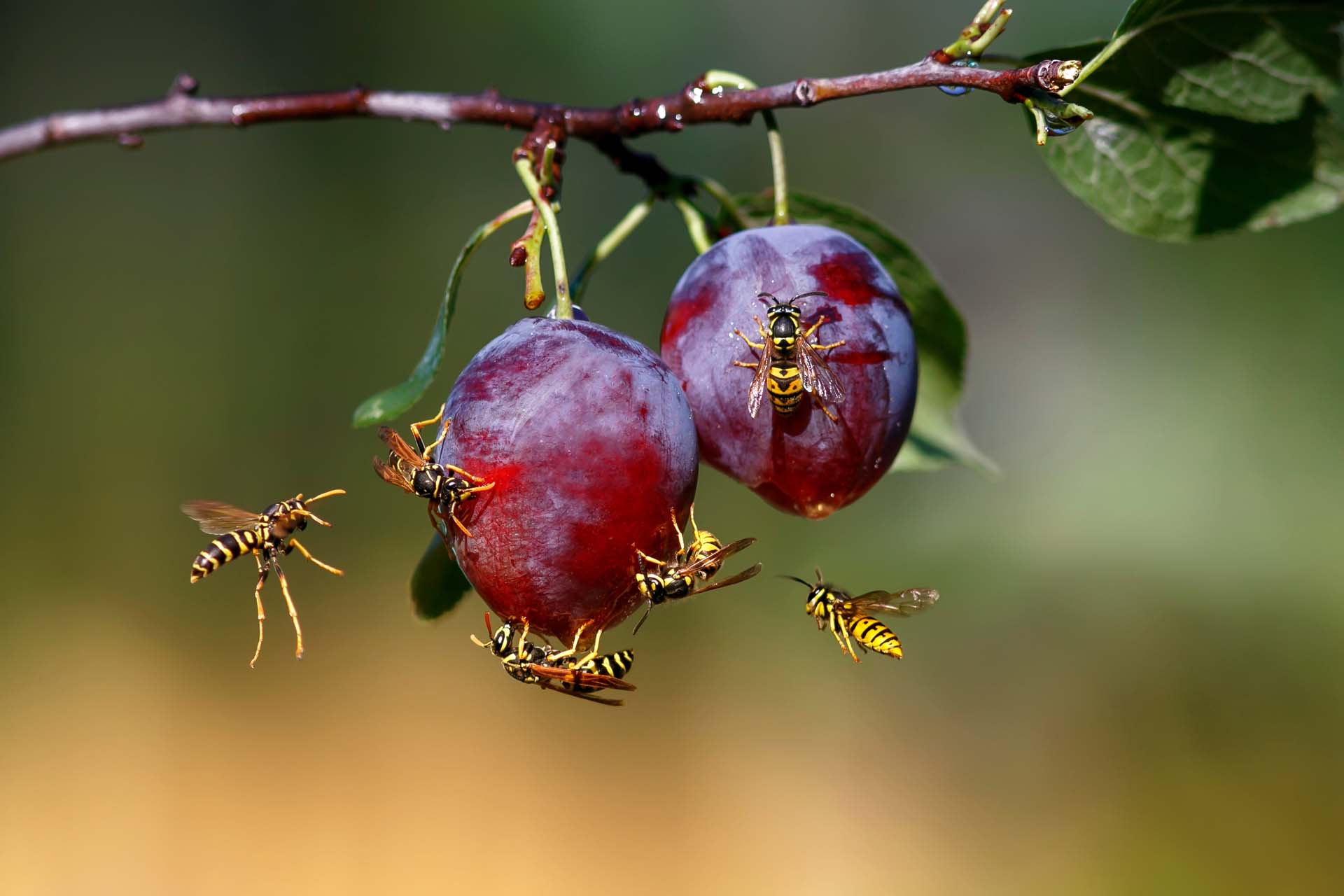
Blighted by buzzing? How to keep wasps out of your garden without harming them so you can enjoy the summer.
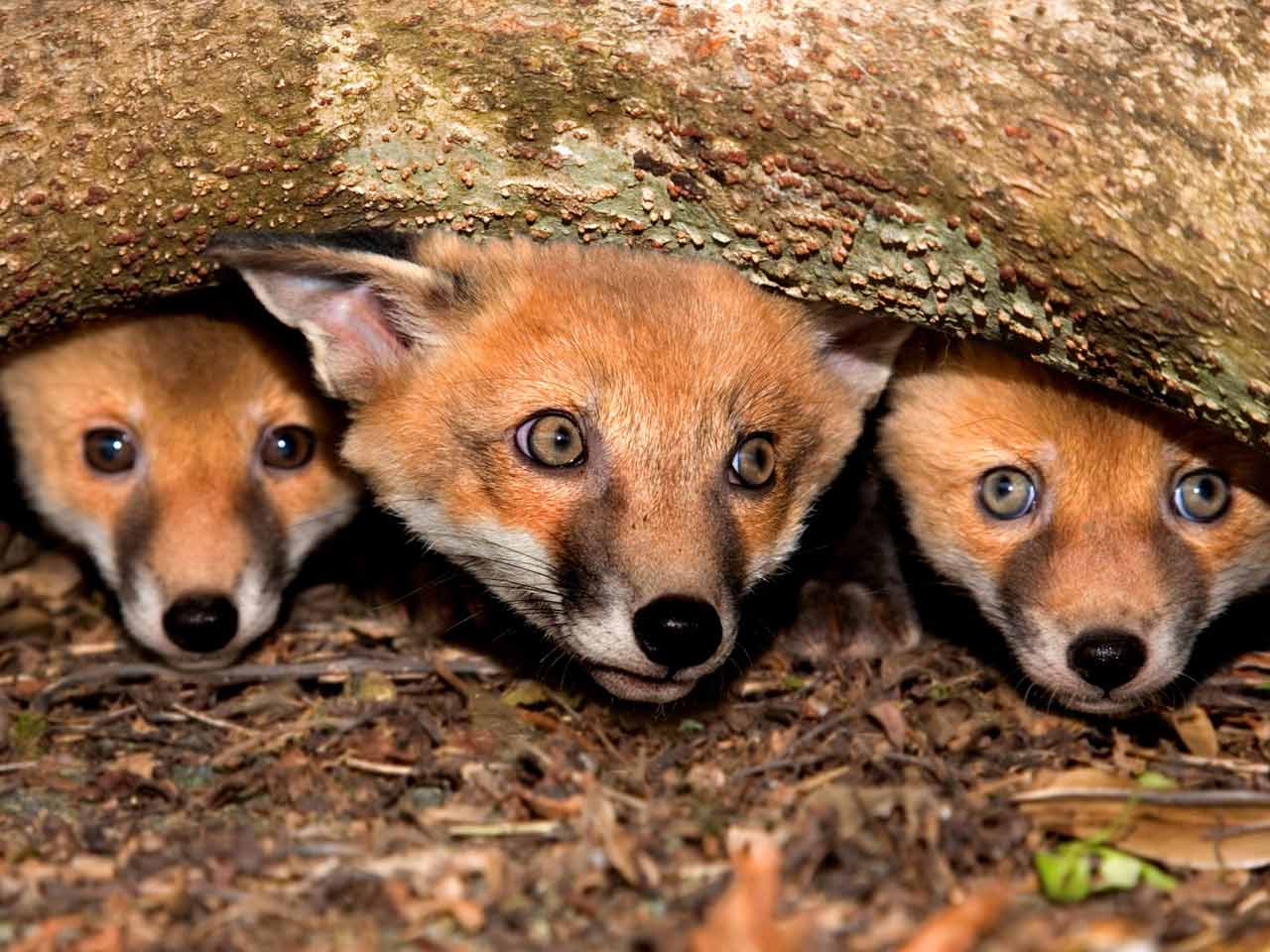
Many of us are living with foxes in our gardens - wildlife expert David Chapman explains what to feed them, how to spot illness and whether you can keep them away.
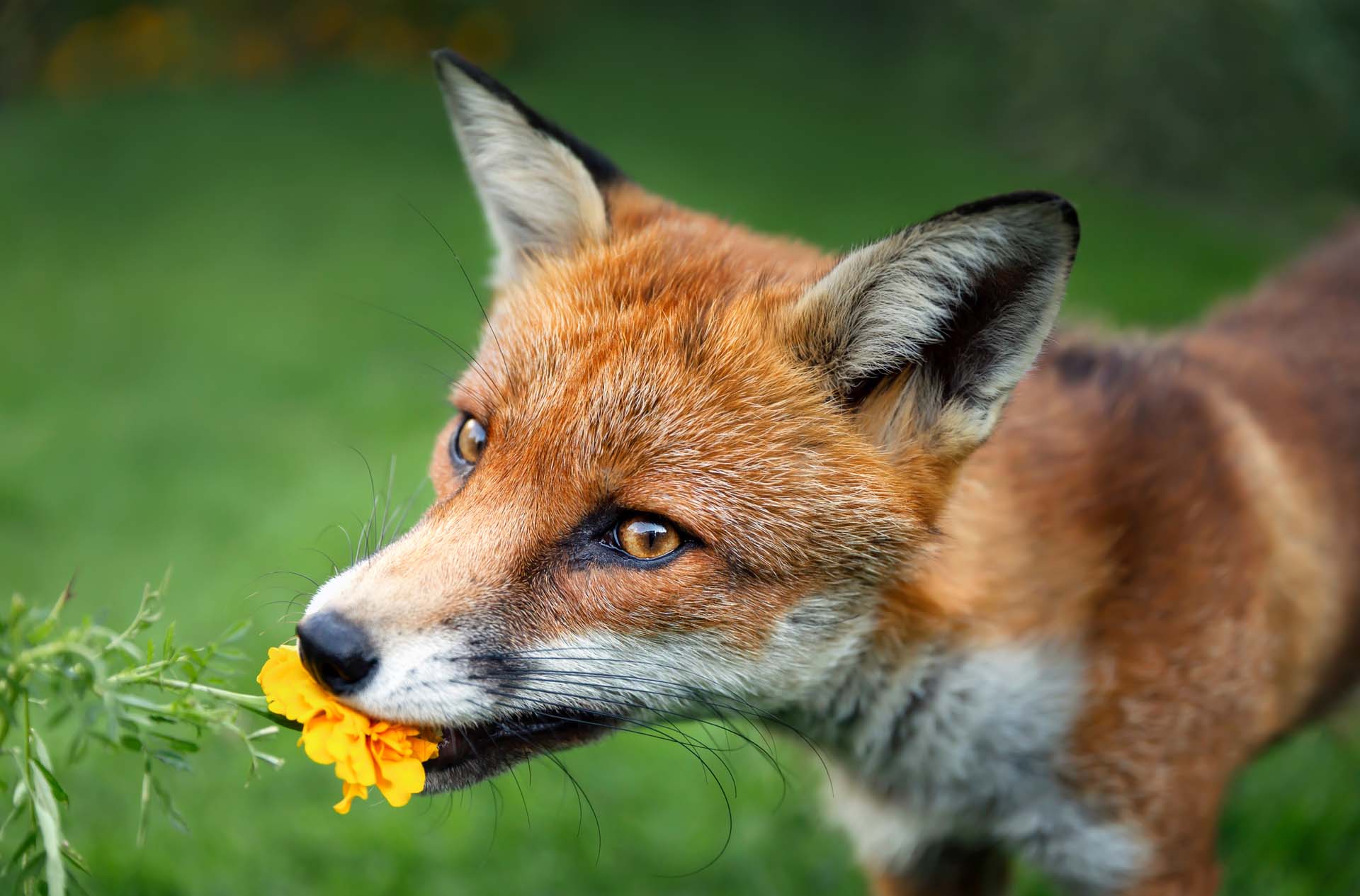
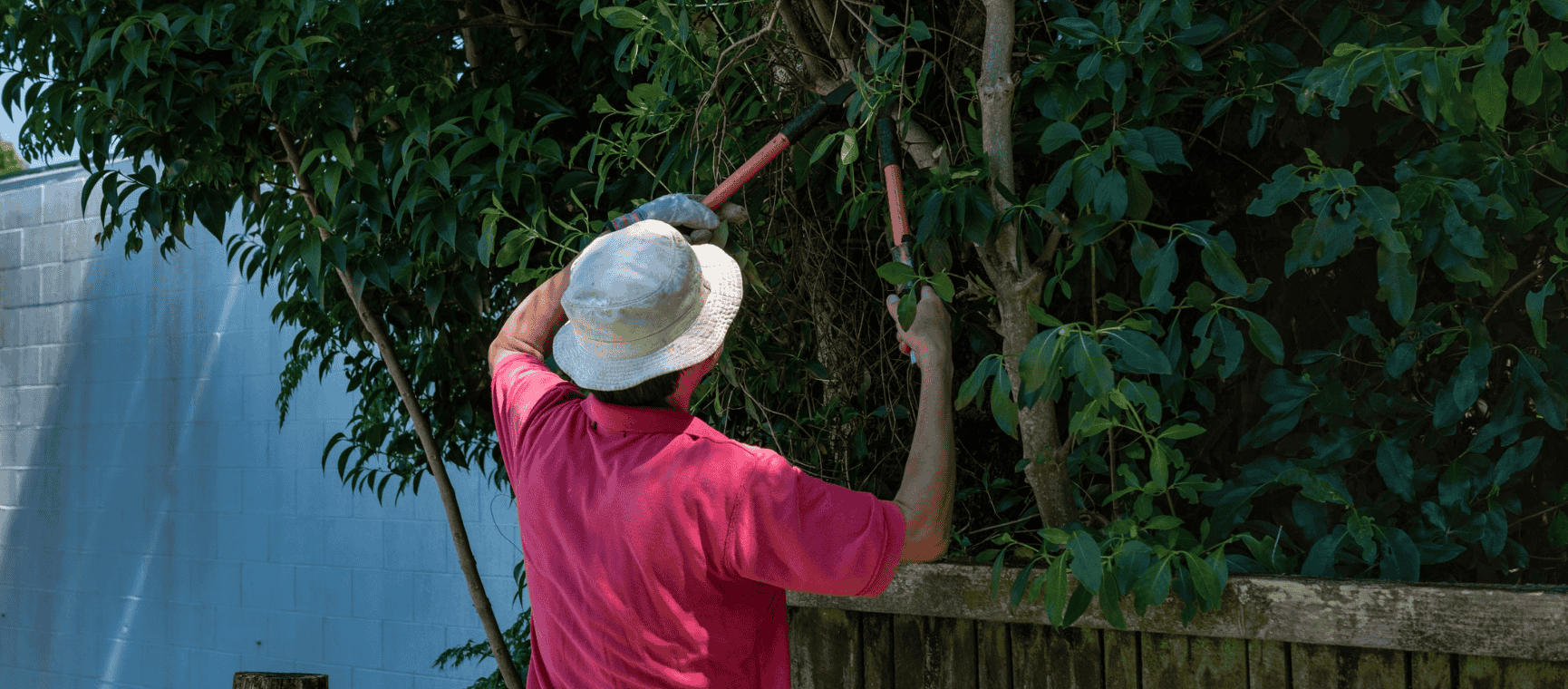
The ways you could be breaking the law in your back garden - with expert advice on how to avoid neighbour disputes, a fine or even a prosecution.